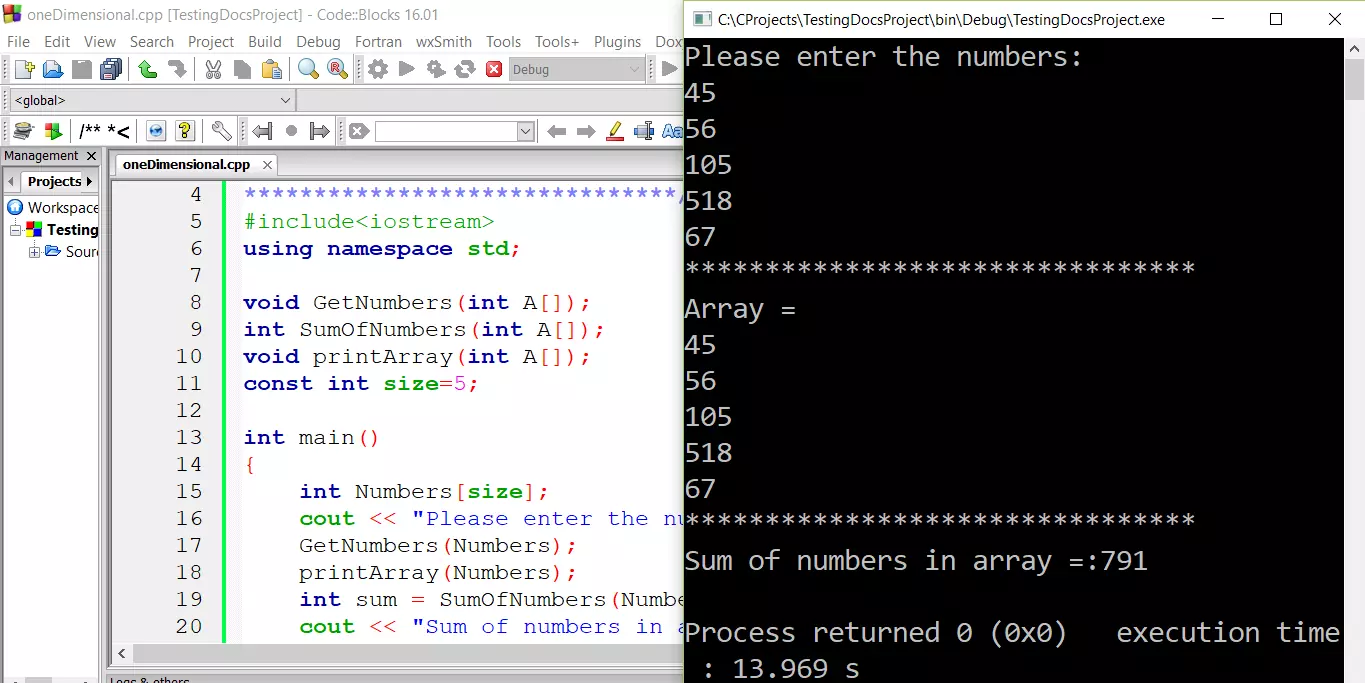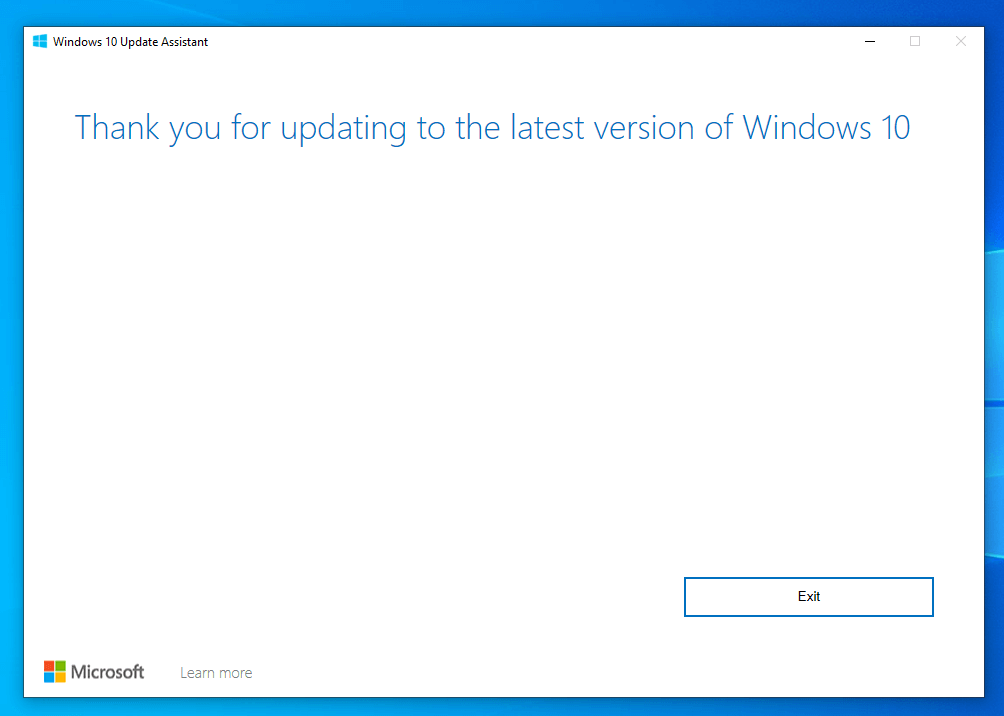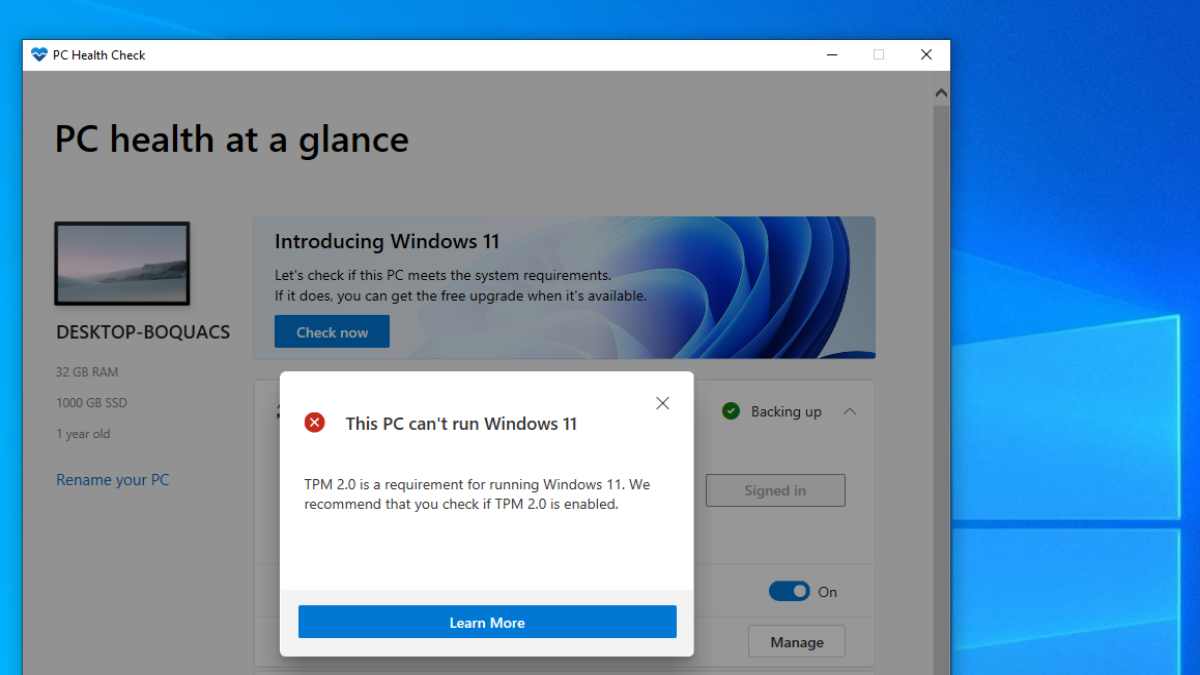Most doubtless the capabilities.php file and something I'm calling via apply_action or apply filter that's messing things up. It's a heavily customized theme that will display the calendar on the traditional events archive page but not anywhere else with that short code. It's a child theme of Keratin and, in customizer, that theme and twenty-twelve work with all plugins lively. What is occurring is half the JavaScript Events calendar need isn't written to the web page when utilizing the site's theme. This applies to posts, pages, and custom posts types. @webmaster444 You can create an amp folder inside your themes root listing. Then copy the one.php file from with the AMP plugin folder (wp-content/plugins/amp/templates/single.php) to the newly created amp folder in your theme. From there you can modify that single.php file, which is able to overwrite the plugins default single.php. Hooking your perform to an motion or filter hook. This runs the operate when WordPress encounters that hook. WordPress itself supplies tons of of hooks, and you would possibly also discover some in your theme and plugins that you ought to use. If you don't your functions file will be overwritten subsequent time you replace the theme. This characteristic is not out there in the Text editor of WordPress. It is out there only within the Visual editor for posts, pages and a few custom post varieties. If the button isn't available, you'll have to paste the shortcode your self. Although it's not required, it's a good suggestion to keep your customized shortcodes in their very own file. Alternatively, you could add them to your theme's capabilities.php file. A shortcode is just a PHP perform that is identified as every time the shortcode is used on a web page or a publish. The proper place to do it is on the functions.php file of your theme.
You may create a complete plugin to hold your shortcodes in case you'll outline lots of them or in case you want to use them across completely different sites. With this plugin, you'll have the power to create customized shortcodes for PHP code snippets. You add can these snippets utilizing the plugin, and it will generate shortcodes that you can use anyplace on your web site to run those features. Add PHP code to a Divi youngster theme – To remedy the above downside, child themes had been invented. A baby theme loads the primary theme and enhances it with the contents of its personal files. For instance, PHP code in the child theme's capabilities.php file shall be routinely "added" to the principle Divi theme's functions.php file. The beauty of that is that code placed in the baby theme isn't overwritten when the main theme is overwritten. Some plugins and themes are constructed on the assumption that the CMS has write access to the complete filesystem. While that is usually true of normal LAMP/LEMP stack server configuration, Pantheon and different specialized platforms do not. This can lead to runtime errors when the software can't write to places in the codebase in Test and Live environments. If you're trying to make changes to how a theme behaves, I suggest utilizing a child theme as a substitute of placing PHP in posts. But if you're trying to include a publish or page-specific component with PHP, you are able to do so with snippets and shortcodes. We even have some examples of how to edit and remove breadcrumbs. If you are not positive the way to use them, where your functions.php file is, or what a child theme is please contact your theme developer for extra information. Alternatively, contemplate a Yoast Partner who can help. If you're specifically looking to add code snippets to your website, you'll probably want to edit the features.php file. One choice is to turn your PHP code snippets into shortcodes you could easily use in the WordPress editor or widget areas. This is helpful if you're looking to add PHP to a specific post or web page in your website. You don't need to be a programmer to edit or add PHP in WordPress. Depending on what you want to do, it's straightforward to search out plenty of tutorials that may information you through the whole course of, and even provide code snippets you can use.
For instance, we've a full article that walks you through several adjustments you can make to the capabilities.php file. You can add your customized shortcode scripts to the theme's functions.php file or embody them in a plugin. We can add it in the single.php file or the web page.php file or anywhere in WordPress file the place we want to display the output of the shortcode. The display is usually a type, button, accordion or any other HTML output. A good instance – as in this instance where we created a shortcode to show a type. Add PHP code to the Divi theme functions.php file – The conventional way to add PHP code to a theme has been to add it immediately into the theme's features.php file. For Divi this is sometimes situated at /wp-content/themes/Divi/functions.php. Where you place the code would not often matter, so you'll find a way to just place it at the finish . The main downside with this technique is that should you replace the theme the functions.php file might be overwritten and your changes misplaced. And , and they're additionally included with many in style plugins and themes. You can even create your individual customized shortcodes to do issues likecreate columnson your WordPress web site. For instance, a shortcodewould render a photo gallery with no effort.
This is a huge functionality because it eases significantly the process of including some predefined content material. If you want to additional customise the separator you can do so utilizing the filter under. We recommend utilizing a baby theme to protect changes. If you are not sure the way to use the filter, where your functions.php file is, or what a child theme is please contact your theme developer for more information. You'll wish to be positive to are including the code to the capabilities file created for the child theme as a substitute of the mother or father theme. Otherwise, I would counsel contacting Genesis to see if they've a suggestion. We've already seen how shortcodes can be utilized inside WordPress posts/pages and widgets. WordPress made it simple to additionally add a shortcode inside a theme file as properly. You can add the shortcode to any WordPress theme template following the below format. For this tutorial, I need to start by creating a simple shortcode that simply displays the textual content "Hakuna Matata - Everything is Cool" on your post or page. Using shortcode in WordPress PHP files ought to is considered one of the superior methods you'll be able to add shortcode to your web page templates of wherever in your code. It is essential to do not forget that editing your theme files can result in errors when it's not accomplished appropriately. The WordPress do_shortcode function makes it simple to incorporate shortcodes instantly in your theme's template files. All you have to do is embrace the shortcode within the do_shortcode operate and echo the perform within the template location where you want the shortcode to appear. To accomplish that, you would need to find your theme's single.php template. To add the shortcode below the content, you'd wish to add the do_shortcode operate beneath the the_content function in the template file. As Divi now contains the in-built ability to enable the Divi Builder on custom post types, the Divi Booster characteristic / code in query is not essential. As such, you should just be capable of ignore my reply to that comment entirely. There you must see a "wp-content" folder and within that a "themes" folder which itself contains a folder referred to as "Divi".
Open that and the capabilities.php file shall be in there. You can do an identical thing utilizing an FTP program to immediately entry the website files, quite than going by way of the file browser / file supervisor. Other short codes, not created by the plugin, also work. These embody customized shortcodes I've created in addition to ones utilized by Shortcodes Ultimate. WordPress is probably the most used Content Management System on the world. Its easy design makes it straightforward to make use of so everyone might study its fundamentals in no time. With these plugins, you could create a really advanced web site with out writing a single line of code. In most non-WooTheme themes, this code snippet shouldn't be added to your features.php file. If you've hassle locating the right place to add the code, please contact the theme developer for assistance. I've changed my features.php file to allow me to post shortcode to a text widget. My solely problem now is that each textual content widget is exhibiting this shortcode on my web page. I'm particularly refering to utilizing a desk shortcode. The features file can be very highly effective when you're working with father or mother and child themes. In a child theme, you should use your features file to override or take away features from the mother or father theme or to add new ones of your personal.
Shortcodes in WordPress were first launched back to WordPress 2.5. In addition to the themes and plugins, shortcodes make it easy to customize your WordPress web site. By using shortcode, it's simple to implement and reuse certain features again and again with out the necessity for coding. Apart from the default WordPress shortcodes, third-party plugins also can include shortcodes to make your WordPress journey simpler. Easily execute any shortcode in any template with out even adding it to the template file using a customized function in your youngster theme. On most kinds of media websites, you'll have the ability to place it merely about anywhere. In terms of web page layout, posting, or the rest, there are a few choices there. For instance, using shortcodes to show a video, you'll have the ability to put in a timeline for the picture or addContent files for the picture. You might marvel what a shortcode does in Pinterest. So adding this shortcode in the PHP files instead of the page or submit requires the use of a WordPress do_shortcode() operate. As you will notice within the documentation of the do_shortcode operate; it's used to filter the content and output with the shortcode interpreted. Would you wish to add your WPForms shortcode directly to your PHP template? There are many different ways to incorporate your WPForms inside your pages an editor from WordPress. You can embed the shape inside a submit, page, or widget space in your web site. However, did you know you can also add a small PHP snippet to have the shortcode run inside any of the PHP templates in your them? In this tutorial, we'll present you the steps to use to include the shortcode inside a PHP template. The process for making a symlink and verifying that the symlink is right is detailed in Using Extensions That Assume Write Access. This methodology is one of the easiest ways to customise WordPress with PHP code in pages and posts. It's a easy method to deliver a more engaging expertise for guests.
While some PHP adjustments will still require modifying theme files, you ought to use this plugin to deliver a few of the extra less complicated additions. In this post, we'll take you step-by-step via the method of creating and using your own custom shortcodes. We'll walk you thru the complete course of of making a model new shortcode and present you the way to modify and management the shortcode attributes and capabilities. WordPress shortcodes are used to 1) scale back the quantity of code you should write; 2) simplify the usage of WordPress plugins, themes, and different capabilities. They behave like macros, if you insert a shortcode, it's replaced with a snippet of code. Note that the shortcode works only on the page that has them, it is not a global solution. If you need to add breadcrumbs to all of your publish sorts effectively, you will want to make use of that code snippet. Thanks for the question about the shortcodes in your theme. Typically, shortcodes are only usable in the posts/pages section of WordPress. If you want extra data on the customization choices on your theme you will want to seek the assistance of with the theme developer. Sometimes you'll discover your capabilities file will get bigger than you can comfortably handle, and has blocks of code that you'd like to keep individually. If this happens, it's a good idea to create separate files, referred to as include files, for that code, after which name them from your functions file. If you're using the Gutenberg editor, you presumably can simply add shortcode tags to the shortcode block. After including the shortcode block, simply paste your shortcode in the textual content field and you're accomplished. The functionality of the shortcode should now be visible on the printed web page. First, navigate to the respective page/post you need to add the shortcodes to and then access the editor. Now you want to click the add block button to add a shortcode block. Theme and plugin files may be found inside the wp-content folder. If you go to wp-content/plugins or themes, you'll see that each theme and plugin has its personal folder.
If you open certainly one of your theme's folders, for instance, you'll have the power to edit the entire same files you get access to with the WordPress Theme Editor device. Chris I think it's value changing your demo to make use of single quotes. So many shortcodes these days on the more feature-rich wordpress themes have double quoted attributes inside them and it simply caught me out. Visit your FTP account at this link.Install the theme of your alternative. The use of shortcodes, when included in your PHP files, is amongst the more superior strategies of placing codes across any template within the files. If you don't do the best thing when enhancing your themes, there's a probability of errors. Salcodes_year is the name of the shortcode handler function that'll return the output string. We'll define this callback operate in the subsequent strains. Since we're making a simple self-closing shortcode, you don't should move it any variable values similar to $attributes, $content, or $tag. Due to the identical security causes, WordPress prevents PHP code from running inside web site content. Nowadays, many plugins offer you each a shortcode and a PHP operate as embed options. When you might have each of these choices, you should at all times choose to use the PHP function as a substitute of the WordPress do_shortcode perform. There's really no added complexity and it will improve the efficiency and efficiency of your web site. Let's say you created a form with the WPForms plugin and now you need to embed that kind immediately in your theme's template files using do_shortcode. Ever wished you would use WordPress shortcodes directly in your theme template files or usually execute them by way of PHP?
With the WordPress do_shortcode operate, you can make your want a reality — and we're going to show you the way. Shortcode in WordPress permits you to add a quantity of functionalities not only in posts, and pages but in addition in widgets. You can even use the shortcode inside your WordPress textual content widgets. Simply drag-drop a text widget on your sidebar and add your shortcode inside it. Through shortcodes, it is attainable to create blended content material in your posts, pages, and widgets. In easy phrases you'll find a way to say, theshortcode is a shortcut. The WordPress group is extremely active and created some free plugins to help regular users create shortcodes directly from the WordPress dashboard. As you realize, Gutenburg is the new default editor in WordPress, and it provides a user-friendly UI to create your content. From that post you linked, I seem to type of be doing that already by putting the shortcode within the template files where I need the related content material. You can edit the shop page by using a few of these filters and code snippets. The code may additionally be used to make the Shop web page seem elsewhere on your web site such as on a Product Category page. This will output the breadcrumb pathway into that a part of the web page. The only approach to take away the breadcrumb from the web page is to delete the shortcode. It cannot be disabled within the SEO-Search Appearance-Breadcrumb section.
If you use the breadcrumb shortcode you do not want to add the breadcrumb code snippet describedhereto your theme's files. Common places the place you would place your breadcrumbs are inside your single.php and/or web page.php file just above the page's title. Moreover, another choice that makes it very easy in some themes is by just pasting the code in header.php on the very finish. The last option is to create a new function with the next priority than the perform you need to override, which means it'll run after that function. You have to do that as a result of by default WordPress will run functions out of your child theme first; only by adding a precedence quantity can you alter this. In this publish, I'll take you through a number of the makes use of of functions.php, and present you the means to add code to it and how to activate that code. I'll additionally show you the method to use capabilities.php in a baby theme to override or add performance to a parent theme. WordPress comes with a tool called Theme Editor that enables you to edit your theme files immediately from the dashboard. Ideally, you'll do this while utilizing a baby theme, so that you don't lose any modifications that you just make whenever you replace the father or mother theme. Adding this code to the functions is the procedure for writing it. Your WordPress theme has the appropriate theme file that can be utilized as an external shortcode in your pages. It must be explicit when doing the do_shortcode function how you will execute the shortcode on WordPress. Use this pattern code to load it in your theme files using the WP3 commonplace. Do not neglect to switch gallery with shortcode together with your desired shortcode after you echo do_shortcode( '' ).






























































